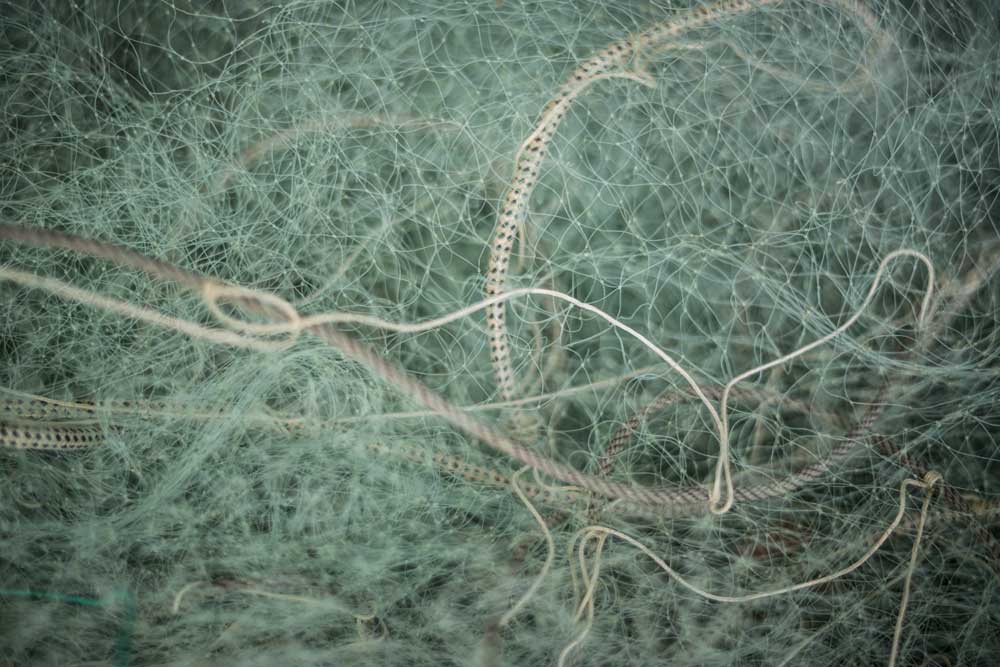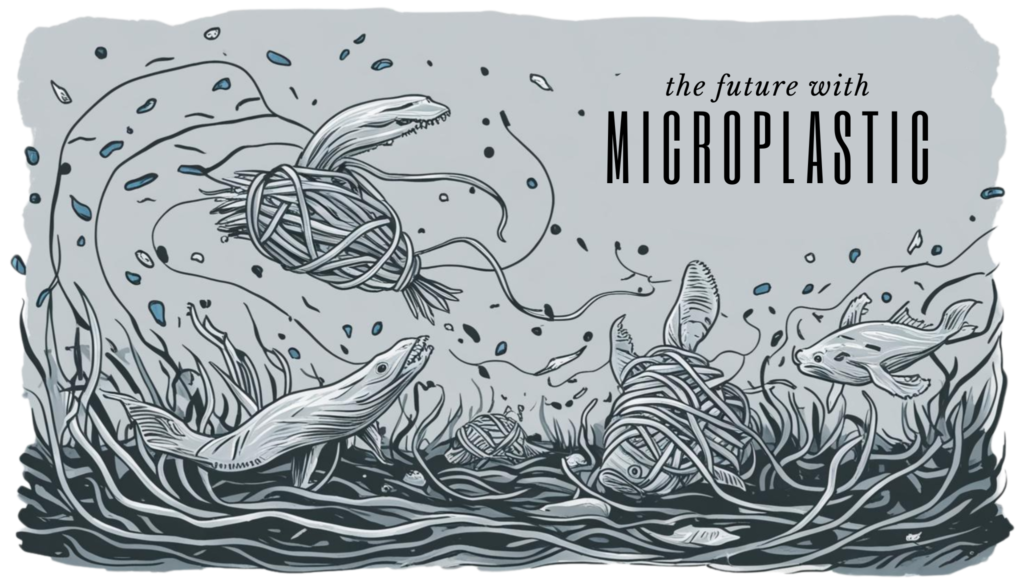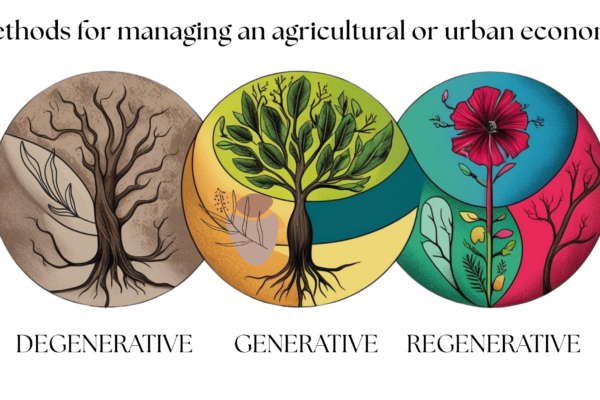When boiling water is poured into food containers, it releases countless microplastic particles, grains, and fibers that are invisible to the naked eye. For instance, this occurs when parents pour boiling water into bottles before mixing baby formula or when using plastic electric kettles and other household commodities. Scientists have been studying the potential threats of microplastics to the environment and human health over an extended period. Richard Thompson, a marine ecologist at the University of Plymouth in England, has researched the effect of plastic particles smaller than 5 millimetres in diameter since 2004. He and his team discovered plastic in every environment they examined: in all the oceans, the snow of the Arctic, Antarctic ice, shellfish, table salt, drinking water, and beer. Particles traverse the air and settle back onto the ground in cities, forests, and mountains. In addition to being exposed to drinking water or rainwater, people inhale these particles into their lungs, and plastic can enter the stomach through various foods.
On average, a person ingests anywhere from a few tens to over 100,000 microplastic particles daily from diverse sources. In extreme cases, scientists estimate that some individuals consume a total amount of plastic equivalent to the weight of a credit card each year. These minute particles can take decades to fully decompose. As of 2015, oceanographers estimated that between 15 and 50 trillion plastic particles were floating on the surface of the world’s oceans.

Since then, researchers have identified additional, previously overlooked sources of hazardous microplastics, including car tyres, personal hygiene products, cosmetics, synthetic clothing, and other unexpected contributors. Each year, approximately 8 million tons of plastic waste enters the ocean.
Researchers currently face a substantial challenge in understanding the impact of microplastics on human health and living organisms. While over a hundred laboratories conduct experiments—mostly on aquatic species—interpreting the results has proven tricky. The particles differ in shape, size, and chemical composition, which complicates efforts to draw definitive conclusions. Scientists are especially concerned about the smallest microparticles (those less than 1 micrometre), as they can penetrate cells, disrupt cellular functions, and potentially lead to serious illnesses.
A notable illustration comes from a study conducted by American scientists that analysed whether nano polystyrene particles from a pregnant mouse could cross the placental barrier and reach the fetus. The findings confirmed that plastic particles were present in almost every organ of the developing embryo. However, even with powerful microscopes, only a small fraction of these particles can be detected, as many are too tiny to be seen.
despite the limited research on this issue, one thing is clear: the problem is escalating. Each year, humans produce between 300 and 400 million tons of plastic; by 2050, this figure is expected to more than double. Even if plastic production were to stop immediately, managing the existing plastic waste, which exceeds 5 billion tons, would still be daunting. This plastic gradually breaks down into tiny fragments, making cleanup nearly unimaginable. Scientists refer to this growing crisis as a “plastic time bomb.”
While plastic debris is sorted for recycling, the reality is far more complex. Recycled plastic does not always have buyers, as producing new plastic is often cheaper and faster. Additionally, plastic degrades with each recycling cycle, resulting in a loss of quality over time. Consequently, most plastic waste ends up in landfills, where it does not decompose but breaks down into microplastics, or in incinerators, where burning releases hazardous chemicals into the environment.

IS THERE A FIX?
While sorting waste and recycling plastic is a better alternative to landfilling or incineration, it is not an ideal solution. Recycling should be implemented and promoted globally, but individuals can also take action by reducing their consumption of plastic products and packaging whenever possible.
Luckily, innovative strategies to solve plastic pollution are emerging. One notable example is the work of Finn Ferreira, an 18-year-old Irish student who developed a method for cleaning the oceans of microplastics using a ferromagnetic fluid initially created by NASA.
While kayaking one day, Finn observed a rock coated in spilled machine oil, surrounded by clusters of microplastics. As a chemistry student, he recalled that oil and plastic are non-polar substances, meaning they naturally attract each other. This principle led him to explore the potential of ferrofluid, a magnetic liquid first introduced in 1963 by NASA engineer Steve Papell to transport rocket fuel in zero gravity.
Inspired by this technology, Ferreira is developing his own version of magnetic fluid capable of extracting microplastics from the water’s surface. This approach could help clean our oceans without harming the environment.





No Comments